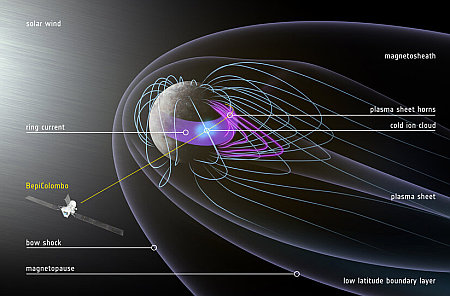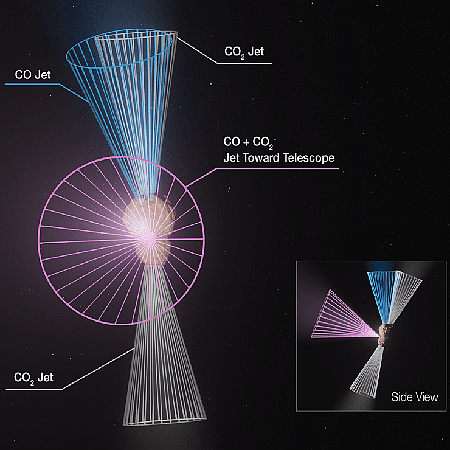October 4, 2024 Quick space links
Courtesy of BtB’s stringer Jay. This post is also an open thread. I welcome my readers to post any comments or additional links relating to any space issues, even if unrelated to the links below.
- ASTSpaceMobile’s 1st Bluebird cell-to-satellite satellite in orbit is about to go operational
The satellites are the largest commercial arrays ever placed in orbit, 700 square feet in area.
- German startup Polaris Spaceplanes raises €7.1 million in private investment capital
It will use the funds to develop its “Aurora multipurpose spaceplane and hypersonic transport system.”
- On this day in 1957, the Soviet Union opened the space age by launching the first artificial satellite, Sputnik
And as they say, the rest is history.
Courtesy of BtB’s stringer Jay. This post is also an open thread. I welcome my readers to post any comments or additional links relating to any space issues, even if unrelated to the links below.
- ASTSpaceMobile’s 1st Bluebird cell-to-satellite satellite in orbit is about to go operational
The satellites are the largest commercial arrays ever placed in orbit, 700 square feet in area.
- German startup Polaris Spaceplanes raises €7.1 million in private investment capital
It will use the funds to develop its “Aurora multipurpose spaceplane and hypersonic transport system.”
- On this day in 1957, the Soviet Union opened the space age by launching the first artificial satellite, Sputnik
And as they say, the rest is history.











